Featured Resource
Why Over Half of California School Districts Trust SchoolStatus
Read More >Join Mission: Attendance to reduce chronic absenteeism in 2025-26! >> Learn How <<

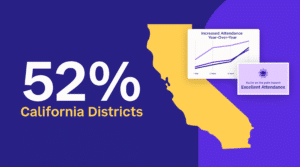



Reflecting on the process of constructing a look-fors framework centered on a collective vision of high-quality instruction within his organization, Caleb Allen, an instructional coach in Ohio, shares insights into its development. He details how he effectively employs this framework when working with teachers, offering timely and constructive feedback to enhance instructional practices.
Out of all of the levers for instructional leaders to focus on, which is most important for teaching and learning success? Is it student culture? Data informed instruction? Teacher clarity?
The lever that I’ve found to have the biggest impact on student learning is a shared language to align leaders and teachers on the key indicators—or look-fors—of classroom instruction.
The core idea is that using look-fors as an observational and feedback tool leads to richer, evidenced-based conversations which, in turn, impact student learning and success. Developing this shared language has given everyone in our building clarity around what successful teaching and learning looks and sounds like.
Building key look-fors in our instructional practices was not something that happened overnight. In fact, the process took us three years!
The first year, admins and teachers worked together to develop a framework of key indicators that lead to teaching and learning success. We took it a step further by matching high-leverage, research-based instructional practices to the indicators we agreed upon as a staff. As a result, we now all have a shared understanding of what high-quality instruction looks like, and we can talk about it using a common language.
Once the indicators were established, our principal and instructional coach started to conduct walkthroughs and observations together. These shared observations allow us to identify common instructional practices in classrooms that can be replicated easily across the building.
Once we identified common instructional practices and key indicators, we realized we needed to build collective efficacy among staff. In 2020 the belief that we can have a high impact on student learning by working together has been more important than ever. Shared confidence among staff not only encourages students to perform at a high-level, but also promotes instructional leaders to make this excitement visible to teachers.
All professional learning this year has focused around classroom practice:
These professional learning conversations have built the belief among teachers that what they are doing is working. Not only that, these conversations have provided space for educators to learn from one another and showcase what’s happening in their classrooms. Many times I’ve seen a teacher implement a new practice that they heard from one of their colleagues. These conversations have built collective efficacy among teachers in a year where it’s been harder than ever to feel like we’re having a real impact on student learning.
To close the feedback loop as fast as possible, our instructional leadership team has shared feedback faster in two ways. I’ve taken the idea of a “Feedback Frenzy” from Adam D. Drummond’s book Instructional Change Agent: 48 Ways to be the Leader Your School Needs. Every 3 weeks, I share a document with all our staff that summarizes the observations conducted in that time. I highlight 3 strengths and a few areas for growth based (of course) on the key indicators we’ve all agreed on.
We’ve also developed a post-observation checkout card. This card has the checkboxes, with the description of the look-fors. An instructional leader fills this out immediately after an observation, and shares it with the teacher right away. Doing this has resulted in richer, evidence-based conversations with staff about the observations and walkthroughs done in classrooms.
Creating and sharing key look-fors has proven invaluable for instructional leaders and teachers alike. By having a shared vision of what high quality instruction looks like, we’ve built a culture where we all believe that we can impact student learning.
Caleb Allen is an instructional coach and sixth grade ELA and Social Studies teacher with seven years experience. Prior to becoming a coach three years ago, he spent his time strictly in the classroom teaching 6-8 grade Social Studies and Language Arts.
Caleb is driven by his why: to empower others to take their learning beyond the walls of the school and to spark “wow” moments. As a lead learner, he has a deep passion for growth and sparking curiosity in those that he serves.
Be sure to follow Caleb on Twitter @CalebCAllen!
 Caleb AllenCaleb Allen, an instructional coach and sixth-grade ELA/Social Studies teacher with seven years' experience, transitioned from teaching to coaching three years ago. Driven by his why—to empower learning beyond classroom walls and ignite "wow" moments—he passionately fosters growth and curiosity as a lead learner.
Caleb AllenCaleb Allen, an instructional coach and sixth-grade ELA/Social Studies teacher with seven years' experience, transitioned from teaching to coaching three years ago. Driven by his why—to empower learning beyond classroom walls and ignite "wow" moments—he passionately fosters growth and curiosity as a lead learner.
News, articles, and tips for meeting your district’s goals—delivered to your inbox.

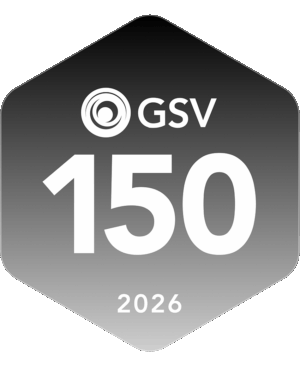


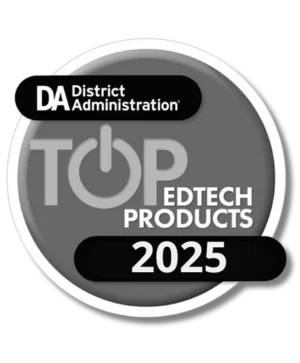
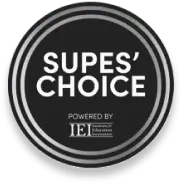

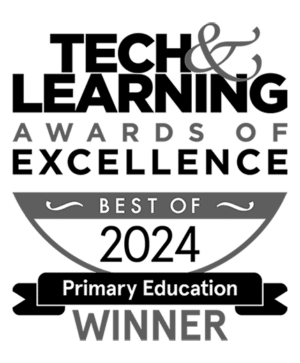

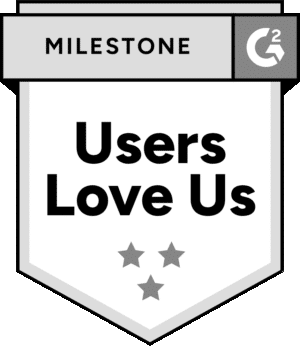
Ready to learn more about our suite of solutions?
